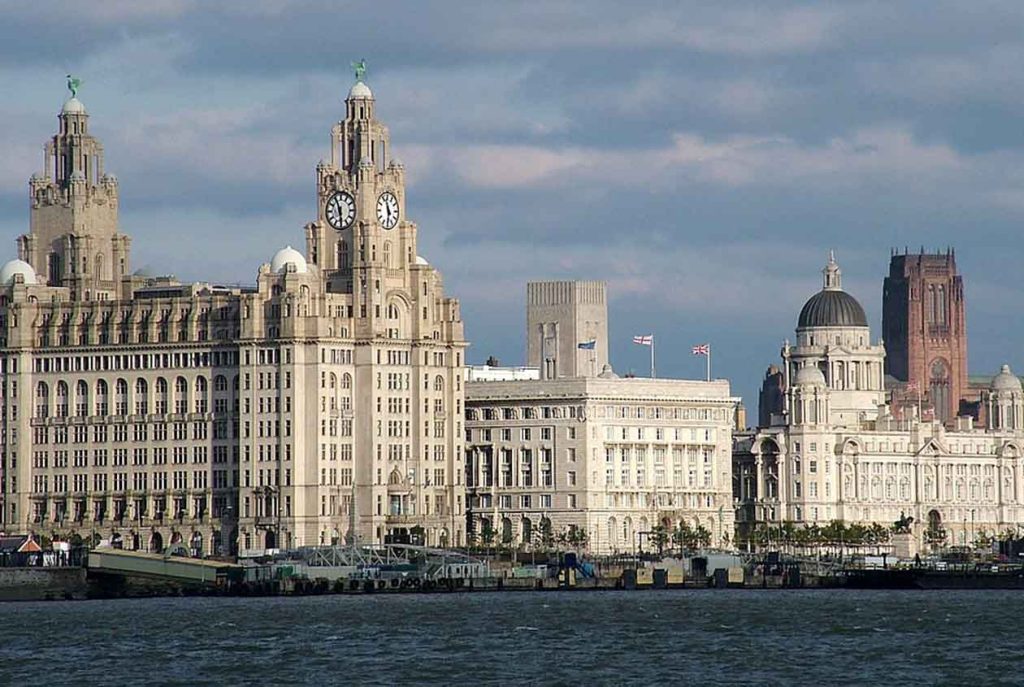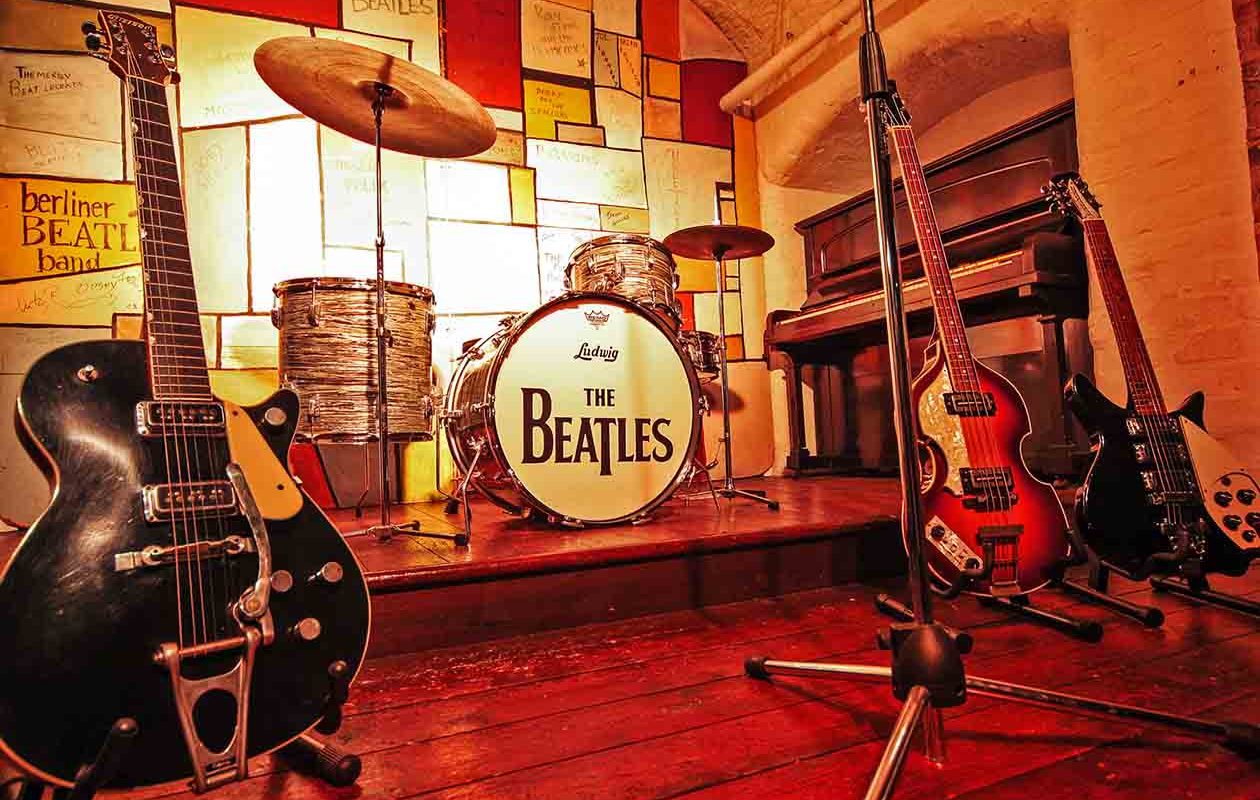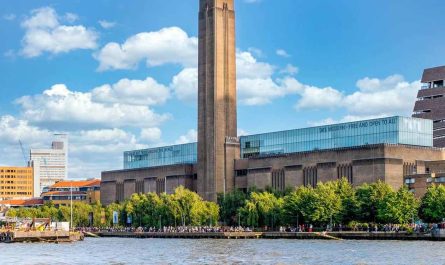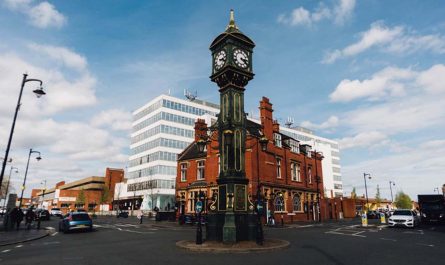Liverpool is one of those cities that doesn’t reveal itself all at once. Instead, it invites you in, corner by corner, street by street, until suddenly you realize you’ve been walking not just through a city, but through chapters of a living story. This vibrant port city on England’s northwest coast is not only famous for its music legends and football devotion but also for the way its docks, warehouses, cathedrals, and neighborhoods form a narrative of global trade, resilience, and creativity.
To walk through Liverpool is to engage with a city that has shaped—and been shaped by—the world. From maritime heritage and industrial revolutions to pop culture phenomena and thriving arts scenes, Liverpool rewards slow exploration. Lace up your walking shoes, because this journey is best taken step by step.
The Waterfront: Where Liverpool’s Story Begins
No stroll through Liverpool is complete without beginning at the waterfront, where the River Mersey has been the city’s lifeline for centuries. The Royal Albert Dock, once a bustling hub of international commerce, now stands transformed into a cultural quarter. The cast-iron columns and red-brick warehouses are reminders of its industrial heyday, when ships carried goods and people across the Atlantic. Today, they house galleries, restaurants, boutique shops, and museums that celebrate Liverpool’s maritime history.
The Merseyside Maritime Museum deserves a slow wander. Its exhibits capture the city’s complex relationship with seafaring, trade, and migration. Here, you can trace Liverpool’s role in transatlantic shipping, learn about the stories of emigrants who set sail from this port, and even explore connections to the Titanic. It’s a sobering reminder that Liverpool was once at the heart of the transatlantic slave trade—a dark chapter acknowledged with honesty through the powerful International Slavery Museum, located in the same dock complex.
Step outside, and the Mersey breeze hits your face. Ferries still glide across the river, a timeless ritual. Stand for a moment, and you can almost hear the echoes of sailors, dockworkers, and traders who once filled this waterfront with energy and noise.
The Three Graces: Icons of a Port City
A short walk along the Pier Head brings you to the Three Graces, Liverpool’s most iconic skyline trio: the Royal Liver Building, the Cunard Building, and the Port of Liverpool Building. They stand tall and elegant, symbols of the city’s wealth during its maritime golden age.
The Liver Birds perched atop the Royal Liver Building are more than decorative; they are the guardians of Liverpool. Legend has it that if these mythical birds were to fly away, the city would cease to exist. Looking up at them, you sense that Liverpool’s identity is inextricably tied to the sea.
These buildings aren’t just beautiful—they tell stories of a time when Liverpool was one of the most important ports in the world. The Cunard Building once hosted grand ocean liner offices, and the Port of Liverpool Building showcased the power of a city that connected continents. Walking here, you can’t help but imagine the comings and goings of travelers who embarked on journeys of hope, ambition, or exile.

The Beatles Trail: Music as Cultural Memory
No cultural exploration of Liverpool would be complete without acknowledging the city’s most famous sons. The Beatles are not just a band here; they are part of the city’s DNA. A gentle stroll toward Mathew Street brings you to the legendary Cavern Club, where the group played their early gigs. The street buzzes with life—musicians strumming, tourists humming familiar tunes, and pubs spilling with sound.
The Beatles Story Museum at Albert Dock offers a deeper dive, but what makes Liverpool special is how music lives in its streets. Murals, statues, and buskers keep the spirit alive. Yet, the Beatles are not just nostalgia—they symbolize Liverpool’s enduring ability to produce creativity that resonates worldwide.
But pause here, and you’ll notice something more profound: Liverpool’s music culture is not limited to one band. The city continues to nurture vibrant talent, from indie rock to orchestral performances at the Philharmonic Hall. Walking through Liverpool, you’re never far from a melody.
Cathedrals and Contrasts
As your steps take you uphill, you encounter two cathedrals that could not be more different yet equally striking.
The Liverpool Anglican Cathedral, the largest in Britain, rises in Gothic grandeur. Its sheer scale is breathtaking; inside, the vaulted ceilings soar, the stained glass glows, and the organ’s pipes seem to stretch endlessly. It’s a place that humbles you, both in size and in spirit. Climb the tower, and Liverpool sprawls beneath you: docks, football stadiums, and terraced streets weaving into the horizon.
A short walk away stands the Metropolitan Cathedral of Christ the King, affectionately known as “Paddy’s Wigwam.” Its modernist circular design, crowned with a lantern of stained glass, feels futuristic compared to its Anglican counterpart. Walking from one to the other is like crossing eras of faith and architecture, reflecting Liverpool’s diversity and ability to embrace contrasts.
Neighborhood Strolls: From Georgian Streets to Baltic Creativity
Beyond the waterfront and cathedrals, Liverpool’s character lives in its neighborhoods.
The Georgian Quarter is a delight for anyone who loves elegant architecture. Streets lined with 18th- and 19th-century townhouses whisper of Liverpool’s mercantile wealth. Cafés spill onto pavements, and quiet squares invite you to sit and watch life unfold. Hope Street, connecting the two cathedrals, feels like a cultural spine, with theatres, restaurants, and the Philharmonic Pub—an ornate drinking spot that’s practically a living museum of Victorian design.
In contrast, the Baltic Triangle pulses with creativity. Once an industrial area, it has reinvented itself as a hub for digital startups, street art, and independent venues. Walls bloom with murals, food markets buzz, and converted warehouses host live performances. Walking here feels like stepping into Liverpool’s future, where youthful energy collides with historic roots.
Museums and Memory
Liverpool’s museums are not mere collections—they are acts of storytelling. Beyond the Maritime and Slavery Museums, the Museum of Liverpool deserves a visit. Its sleek, modern building on the waterfront is dedicated to the city itself. Exhibits range from sports and pop culture to social movements and local life. Standing inside, you realize that Liverpool isn’t just telling its own story; it’s narrating the ways it has influenced the wider world.
The Walker Art Gallery adds another dimension, with masterpieces from Renaissance to contemporary art. Paired with the nearby Central Library, with its stunning Picton Reading Room and rooftop views, this corner of the city reminds you of Liverpool’s intellectual and artistic contributions.
Football and Collective Identity
For many, Liverpool is synonymous with football. A walk to Anfield, the home of Liverpool FC, is a pilgrimage of sorts. The stadium isn’t just a sports venue; it’s a cathedral of passion. Outside, statues and murals honor legends. Inside, the anthem “You’ll Never Walk Alone” resonates like a communal heartbeat.
Across the city, Goodison Park, home to Everton, tells a parallel story of loyalty and tradition. Football here is more than a game; it’s woven into the cultural fabric, uniting and dividing communities with equal fervor. Even if you’re not a football fan, standing outside these grounds, you feel the emotional gravity.

The Spirit of the Port City
What makes Liverpool remarkable is how it balances pride in its history with a hunger for reinvention. The scars of industrial decline are still visible, but so too is a determination to transform. The city has embraced its heritage while fostering innovation in the arts, technology, and education.
As you walk through Liverpool, you notice resilience everywhere: in the laughter echoing from pubs, in the street performers on Bold Street, in the pride of locals eager to share their city’s stories. This is a place that has weathered hardship but never lost its sense of humor, community, or rhythm.
A City Best Explored on Foot
Walking through Liverpool allows you to fully absorb its rich layers of character and contrast—the grandeur of historic docks rising proudly beside sleek modern galleries, the solemn quiet of cathedrals set against the vibrant hum of nightlife, and the enduring memory of sailors intertwined with the rhythms of buskers on bustling streets. Each step through the city reveals a surprise waiting around the corner: perhaps a mural splashed across a brick wall in bold colors, a cozy pub with gleaming brass details that feels like stepping back in time, or a tranquil square where spring flowers soften the urban edges.
Liverpool is not a city to tick off on a checklist or rush through in a single day. It rewards those who take the time to wander, to pause at unexpected corners, and to listen closely to its stories. The streets are alive with a dialogue between past and present, tradition and reinvention. As you leave the waterfront behind, with the Mersey stretching wide and the Liver Birds standing guard above, you realize that Liverpool is far more than a destination—it is an unfolding experience of culture, history, and humanity.




